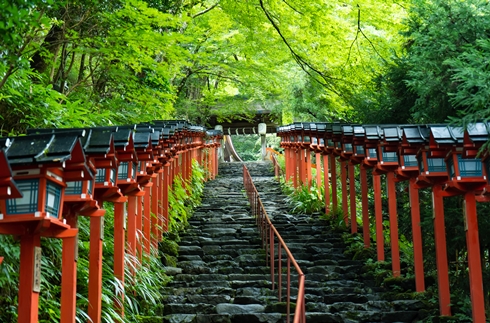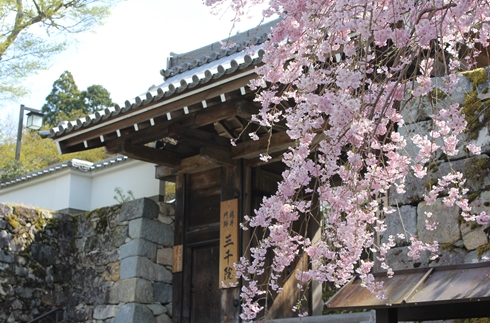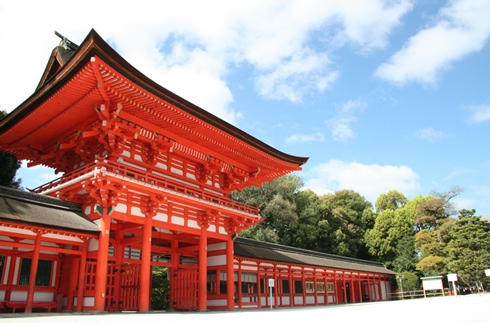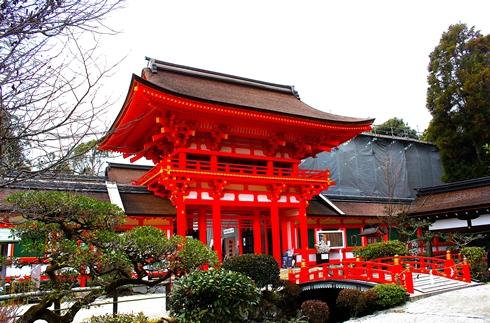Nijo-jo Castle
Access
Nijo-jo Castle was built by Tokugawa Ieyasu in 1603 as his residence in Kyoto, and it served as the Kyoto headquarters for the Tokugawa shogunate during the Edo Period. It was also where Ieyasu met with Toyotomi Hideyori and where the 15th Tokugawa shogun Yoshinobu surrendered the shogunate to Imperial forces in 1867. The Ninomaru Palace (National Treasure) has splendid architecture and beautiful paintings on the sliding doors. The castle is a National Historic Site and the Ninomaru Garden is a Special National Scenic Place.
- A 20-minute drive from the Hotel
- Right near the “Nijo-jo-mae” station on subway Tozai Line
- Right near the “Nijo-jo-mae” Kyoto City Bus stop





